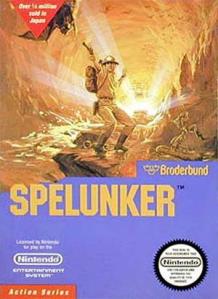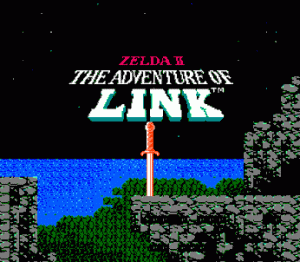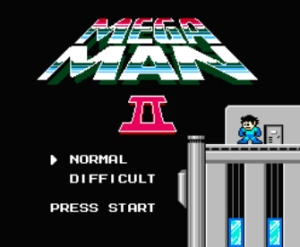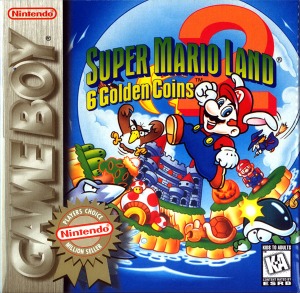You can play this one loud, but obviously not at work 😛 It’s a good track from OverLooked ReMix’s SPLUNK! (2008) project, a remix album of crappy music from one of the crappiest NES games ever made. While the premise of exploring a giant cave in search of treasure you would think makes for a good game (Spelunky, anyone?), simply too many things went wrong with Spelunker (1983, 1985) to count. Basically, if you fall about half the character’s body height you die (and there are many more methods to count, including death by shallow hole, ghost, water, and bat poop). And then the game over music will still play for a few seconds after the character has respawned, making it easy to die again if you’re not paying attention. Mustin does this great justice in a song that became instantly legendary. That accent and “The Final Countdown” really ties the whole thing together 🙂
Spelunker – “You Just Fucking Died” (Mustin)
Anyway, the whole SPLUNK! remix project can be downloaded from their wonderful flash site. Now as you’ll soon find out, simply leaving the mouse lying around will allow the ghost to come up to the pointer and eat it. And you can’t click on a link with a ghost on the pointer, which means you can’t download the music! You have to actually struggle to get it!
OverLooked ReMiX is kind of a shadow site to OverClocked ReMix, posting, odd and comedy tracks. They’ve done a few projects of their own. Their mission: to entertain, annoy, heckle, and insult video game fans. Fun, fun! Joke songs seem to have caught on as an underside to vgmixing. Dwelling of Duels has even done a joke tunes months.
Mustin is part of a band called The OneUps. They’re one of the first US bands that started selling game music remixes commercially. It’s kind of weird because remixing in the US started off as a free and slightly underground thing, but now it’s a bit commercialized thanks to groups like The Minibosses, Armcannon, and The OneUps.










